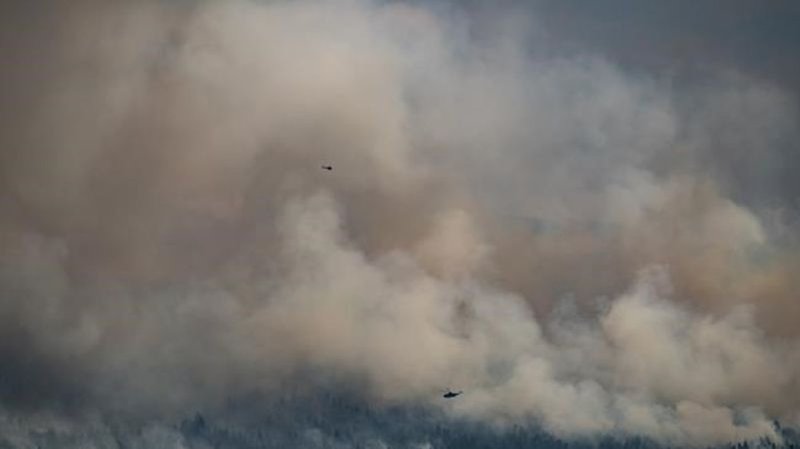
More than 100 wildfires still not considered out after B.C.’s record wildfire season
More than 100 wildfires are still listed as burning in British Columbia thanks to a combination of a busy wildfire season, extreme drought and generally warmer and drier conditions through December.
Forrest Tower of the BC Wildfire Service said that while it’s not uncommon for some fires to burn through the winter, that number usually hovers around a couple dozen, not the 106 that were listed as active on New Year’s Day.
“In the last 10 years, there were a couple of years where it was zero, but those were in years where we didn’t really have much of a fire season at all,” he said.
“Most times we’re going to have, I would say, 15 or less, that would be the kind of average, if we look at year-to-year on the first of January.”


